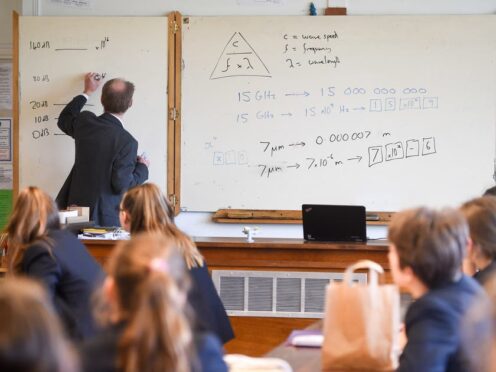
Teachers will be given legal protection from religious blasphemy complaints from religious groups under plans being drawn up in the Conservative manifesto, the Times has reported.
According to the newspaper, schools will receive new statutory guidance that will give teachers the right to freedom of expression.
Headteachers will not be able to suspend staff or students in response to blasphemy complaints from religious groups.
The guidance will also make clear that schools have no obligation to consult religious and community groups or parents on content that could offend certain groups.
A senior Government source told the Times that at the heart of being British is a “commitment to freedom of speech” and that “no religion is immune from criticism”.
The guidance on the issue will place a legal duty on schools and local authorities to comply with the guidance unless there are exceptional circumstances.
It comes after the Times said a report by the Government’s adviser on political violence and disruption, Lord Walney, would urge the Department for Education (DfE) to issue schools with statutory guidance to protect teachers’ freedom of expression.
The report also said it would prevent schools from publicly identifying teachers involved.
Last November, a YouGov survey of more than 1,000 teachers conducted for the Policy Exchange think tank found that 16% of them admitted to self-censoring to avoid causing religious offence.
The think tank claimed this had created a “de facto blasphemy code in schools across the country”.
It made reference to the Batley Grammar School incident, where a teacher was forced into hiding and received death threats after showing a class a picture of the prophet Muhammad, and said it had “clearly scared the teaching profession”.
Some 55% of teachers polled said they would never use an image of the Islamic prophet in class and a further 9% cited the Batley incident as the reason they would not do so.
A total of 1,132 teachers from across the UK took part in the survey.

Enjoy the convenience of having The Sunday Post delivered as a digital ePaper straight to your smartphone, tablet or computer.
Subscribe for only £5.49 a month and enjoy all the benefits of the printed paper as a digital replica.
Subscribe